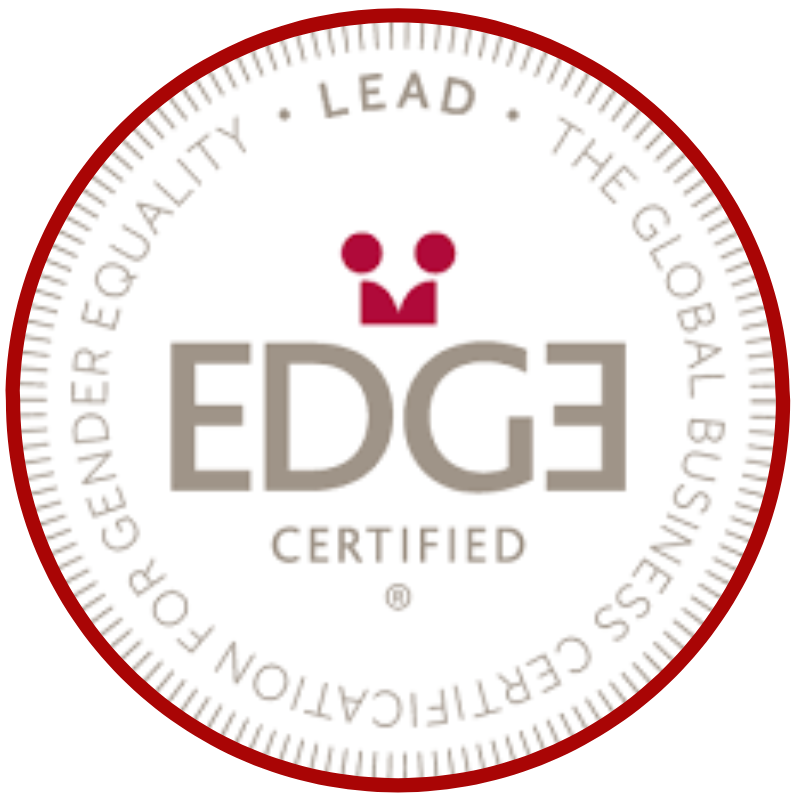Young women aren’t future women leaders. They are women leaders. Period.
Last month, I participated in two events that drove home that point. First, I spoke at the kick-off event for Gender Balance Consulting, a student-led organization at the University of Pennsylvania’s Wharton School founded to increase its clients’ commitment to gender equality. Second, I moderated a panel on pathways to leadership for young women, cosponsored by the Girls Scouts of the Nation’s Capital, American University’s School of Public Affairs, and my firm, Smash Strategies.
The young women involved in these events are engaged across diverse issues: women’s economic participation, anti-bullying, building leadership. We need their voices in every place where decisions are made. While 56 percent of college students are women, only 40 percent of colleges have women student body presidents. Running for student government is important because those who do are 11 percent more likely to run for political office. (And, forty percent of women currently in Congress were involved in student government.)
We need to value and validate the leadership of these young women and support their work. Here are five ways we can play a role in their success:
- “If you can’t see it, you can’t be it.” We all know this mantra. Talent and skill matter but so does seeing someone like you as a diplomat, a scientist, a lawyer, a doctor, fill-in-the-blank. Young women need diverse role models, and we need to be accessible to them and tell our stories. Women can learn from men, but men can’t give advice on navigating the workplace (or the world) as a woman. The panel on young women’s leadership featured such a group of speakers. One panelist discussed her challenges being an African-American woman and a corrections officer, another around being a working mom.
- It’s not only about doing the job well, it’s about claiming credit. Women often don’t get the credit or the visibility as experts we deserve. Young women aren’t always encouraged to promote themselves and don’t hear that many women’s public voices. For example, men dominate the Sunday morning talk shows, filling eight of the 10 most frequent guest seats. And, less than 15 percent of the millions of quotes shared every dayare by women and girls. This needs to change. We must encourage young women to write blogs and books, place them as speakers on panels, book them for media appearances, and nominate them for awards. Exposure is a validator.
- Networks are important to success. Building a network starts from a young age (the school you attended, your sports team). Knowing a lot of people isn’t enough. We can help young women expand their networks by inviting them to events as our guests, by introducing them to others who can open doors, by giving them feedback on ideas, and by helping them find someone to build their skill set.
- Confidence can be learned. In the Confidence Code, Katty Kay and Claire Shipman write about the confidence gap: women don’t consider themselves as ready for promotions as men do, predict they’ll do worse on tests, and overall underestimate their abilities. But, research demonstrates that acting confident can build that skill. Getting in the game makes a difference. We need to give constructive feedback to young women and give them opportunities to practice confident behavior. And, we should complement young women for their smarts and accomplishments, not just their looks.
- We need to engage young men. As young women build their leadership portfolio, it’s important to engage other women and men. The work to empower women can’t be seen as a “zero-sum” game; it must expand opportunity for everyone. Men were about 20 percent of the audience at the Wharton School event, which helped to bring men into the conversation about the need for diversity in business leadership. We can encourage young women to engage young men, but we can do so as well.
Young women are coming into their own as leaders — not only of specific projects and companies — but of a culture that brings out the best in everyone. Together we can expand their reach and propel them further and faster. Let’s do it.






